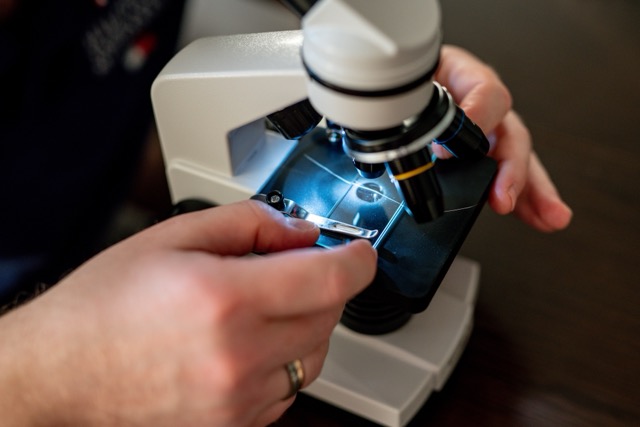We’ll be exploring animal procedures, which refer to any act that may cause an animal pain, suffering, or distress equivalent to or greater than a hypodermic needle. Note that all animal experiments involve procedures, but not all procedures are experiments.
In the United Kingdom, procedures are classified based on the expected degree of pain, suffering, or lasting harm. Here’s a breakdown:
🐀 How UK Classifies Animal Procedures
Sub-threshold (43%)
These procedures were initially considered to cause above-threshold pain but did not. Examples include:
- Breeding genetically altered animals without a harmful phenotype
- Dosing with a compound in feed with no adverse effects
Mild procedures (36%)
These may cause short-term mild pain, suffering, or distress. Examples include:
- Anesthesia
- Non-invasive imaging like MRI scans
- Short-term social isolation
- Blood sampling
- Superficial surgical procedures
Moderate procedures (16%)
These may cause short-term moderate pain, suffering, or distress, or long-lasting mild effects. Examples include:
- Surgery under general anesthetic
- Inducing cancer in an animal
- Modified diets
- Exposing animals to aversive stimuli without escape
- Forced swim tests (severe if long-duration)
Severe (3%)
These are likely to cause severe pain, suffering, distress, or long-lasting moderate effects. Examples include:
- Tests where death is an endpoint
- Painful device testing
- Inescapable electric shocks
- Breeding animals with severe genetic disorders (e.g., Huntington’s disease, muscular dystrophy)
Non-recovery procedures (2%)
These involve placing the animal under general anesthetic for the procedure and then humanely killing it without regaining consciousness.
Efforts are made to minimize pain and distress in laboratory animals, which is crucial both ethically and for research reliability. Reducing suffering can improve the validity of experimental results.
Keywords: animal procedures, animal-free initiatives, animal testing






